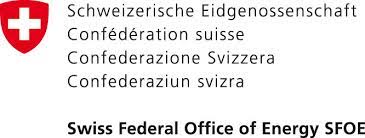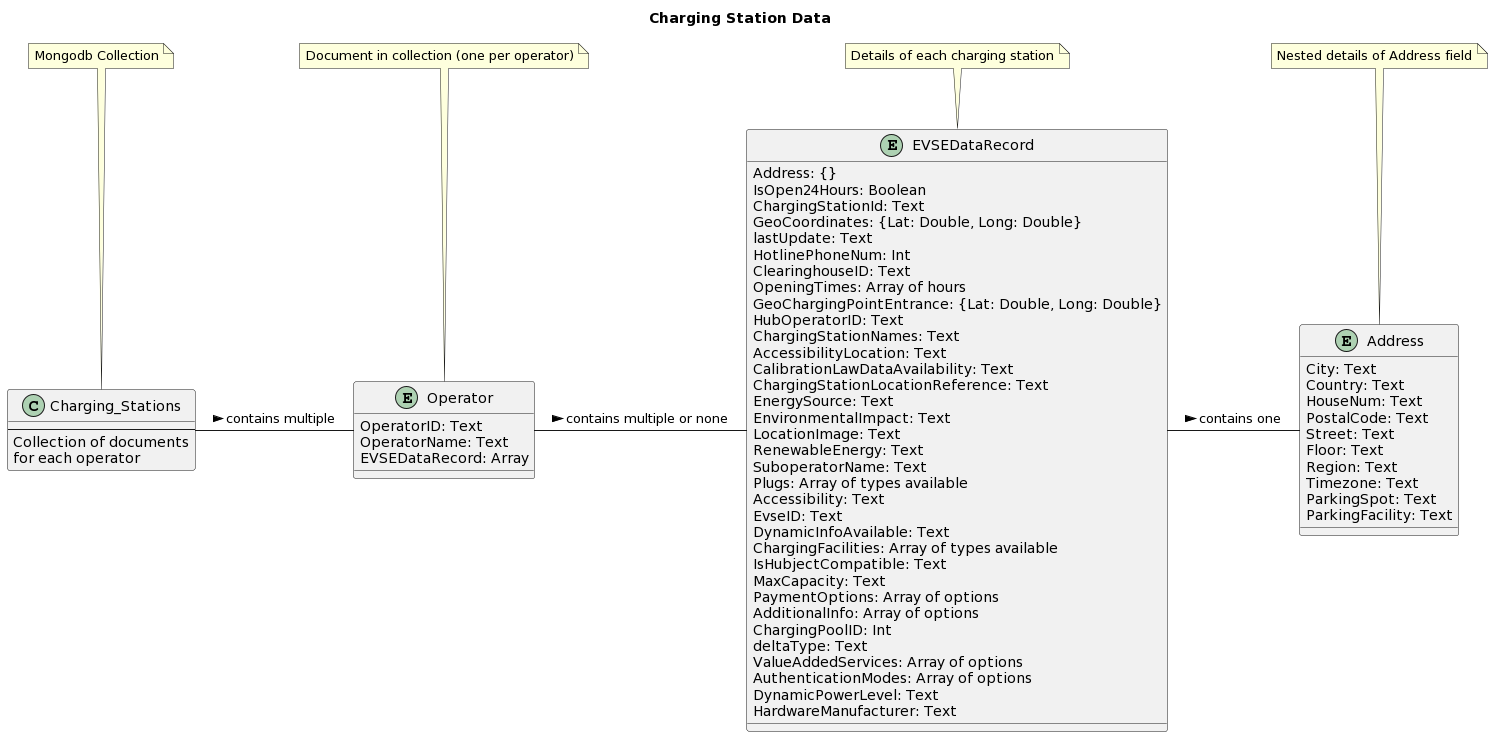In the course of this semester the war in Ukraine has changed my perception on fossil-fuels and how we as society are dependent from it. For the transition of all economies from a fossil-fuel-based economy to an renewable-energy based economy, it is my opinion, mobility is one of the most controvesial discussed and important topics. From the technical point of view, electric engines are efficient, and using electricity means that renewable energies can also be used. Electric mobility is for that reason, a key technology for more sustainable mobility and is one way of achieving ambitious energy and climate policy goals. Everything sounds amazing and fun, but, the central question when buying an electric vehicle (at least for me) are:
- Who are the best operators?
- Which city/region is best for electric vehicle users
- Are there any restrictions in terms of pluging devices depending on which city/canton?
- Do I still need special accessories, depending on the charging stations?
This question are answered using two APIs, a MongoDB database and graphs
in order to vizualize the data. The used API is based on the page
recharge-my-car.ch
and is the face of the National Data Infrastructure For
Electromobility (DIEMO) and shows where charging points for electric
vehicles are and provides specific detailed information, everything
available in real time.
At this point it should be mentioned, that not all operators are registered in this database.
The correct assignment of postal codes and cities has proven to be extremely difficult, since a city can have several postal codes and several municipalities can share one postal code. At the same time, the naming of the city is not consistance as well. To reduce the assignment of cities to a single number, a second API was needed, directly from the Swiss Post. Using this second database, the entries of the DIEMO database were cleaned and enriched.
Last but not least, the MongoDB database is hosted on MongoDB Atlas and available via URL.
The documents returned by the SFOE API were converted to JSON format and
straight away imported into their respective collection in the SFOE
database (ChargingStations collection). The class diagram below
represents what a single document looks like. However, all collections
have the same structure.
The size of all arrays EVSEDataRecord is the number of charging stations accross Switzerland. The array EVSEDataRecord contains further sub-arrays with the relevant information of each charging station. The ‘{}’ indicates a nested substructure where the additional data is found linked below the main document. Other fields have not been presented in a separate entity in the diagramm.
- The collection ChargingStations contains the fields OperatorID, OperatorName and EVSEDataRecord.
- The EVSEDataRecord itself contains for each charging station a
separate array containing the Address.
- Within Address there are several sub-fields, the most important one is the Address array, which contains the details, such as City, Street, StreetNumber, PostalCode etc., of each charging station.

